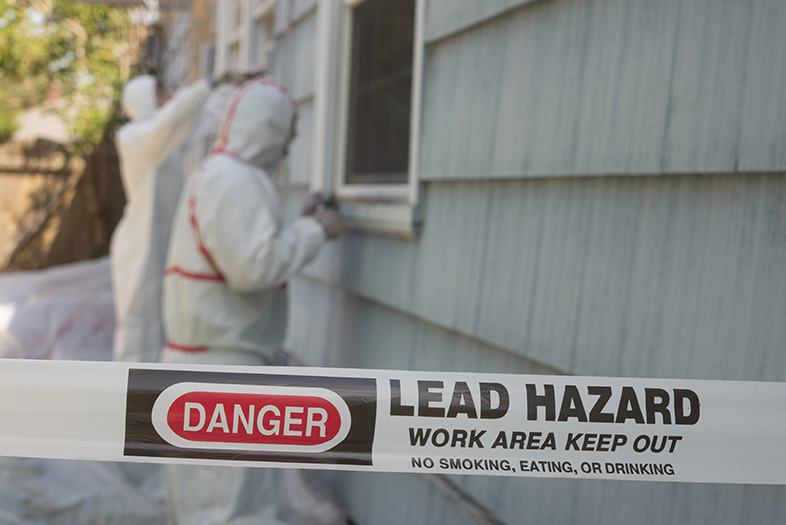
Three defendants have been named in a federal lawsuit that claims there were high lead levels aboard the Herbert C. Jackson last year. Those three companies are Fraser Shipyards, Interlake Steamship Company and Northern Engineering of Superior.
The plaintiff in the lawsuit is a 48-year-old man who was employed as a welder on the ship while it was being retrofitted for a diesel-propulsion system. The 57-year-old ship reportedly had toxic lead levels. The man's blood lead level was over seven times what the Centers for Disease Control and Prevention lists as being harmful. Two weeks after his exposure, he still had a blood lead level of 37 micrograms per dekaliter. According to the lawsuit, the lead exposure has affected his ability to work. He was working for Tradesmen International, which was subcontracted to work on the project. That company was not named in the lawsuit.
The lawsuit wants more than $75,000 for the harm the man suffered, as well as failing to warn the workers about the high lead levels. This isn't the first time that Frazer has had problems for exposing workers to toxins. Over 60 citations were issued in the 1990s to Fraser.
The Occupational Safety and Health Administration began looking into a complaint. That was who eventually found the high exposure to lead. In addition to the lead, OSHA is looking into the possible exposure to chromium 6, which is often generated when welding metal that is coated with chromate paint or on stainless steel. That investigation currently remains open.
If you believe you have suffered harm due to toxic exposure, you too may have a claim for compensation. An experienced personal injury attorney can provide you with more information on how to seek that compensation.
Source: Superior Telegram, "Suit filed in federal court against Fraser Shipyard, others for lead exposure," Shelley Nelson, May 25, 2016